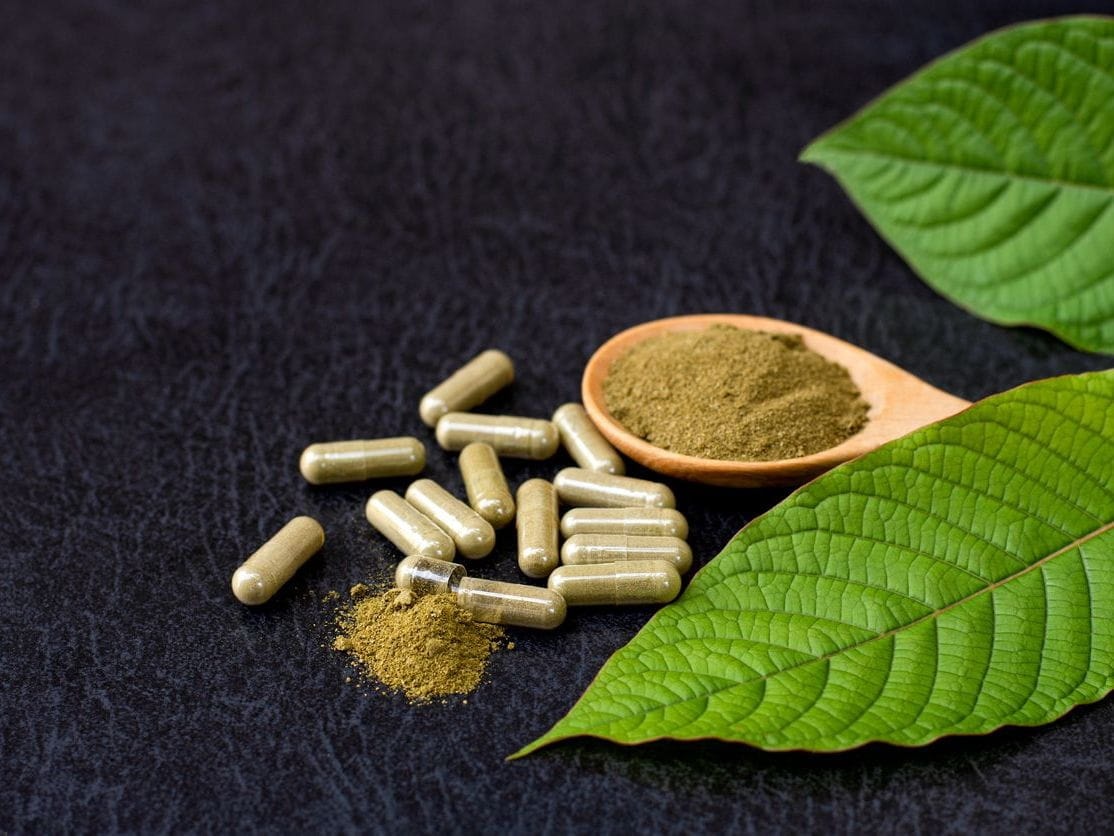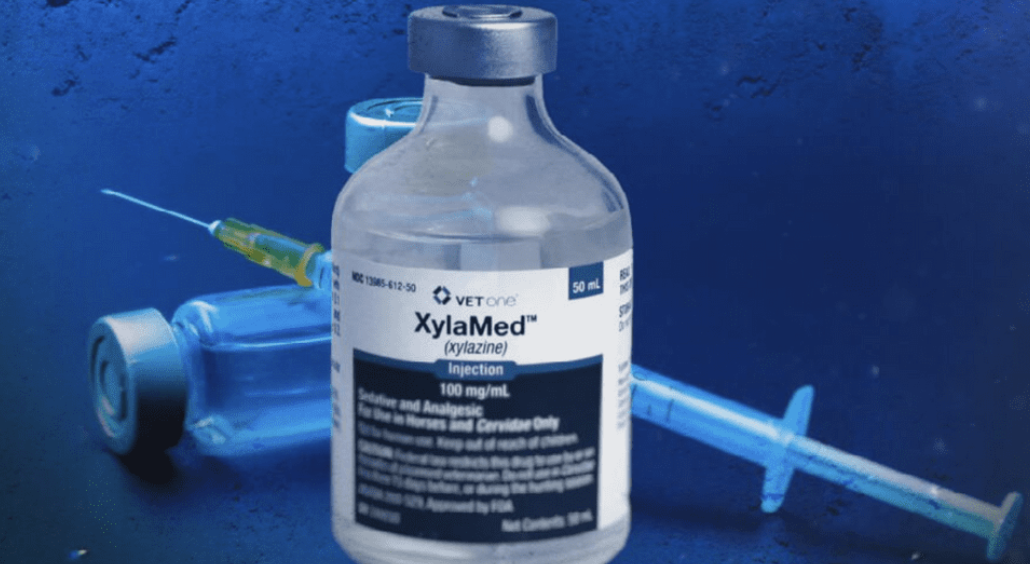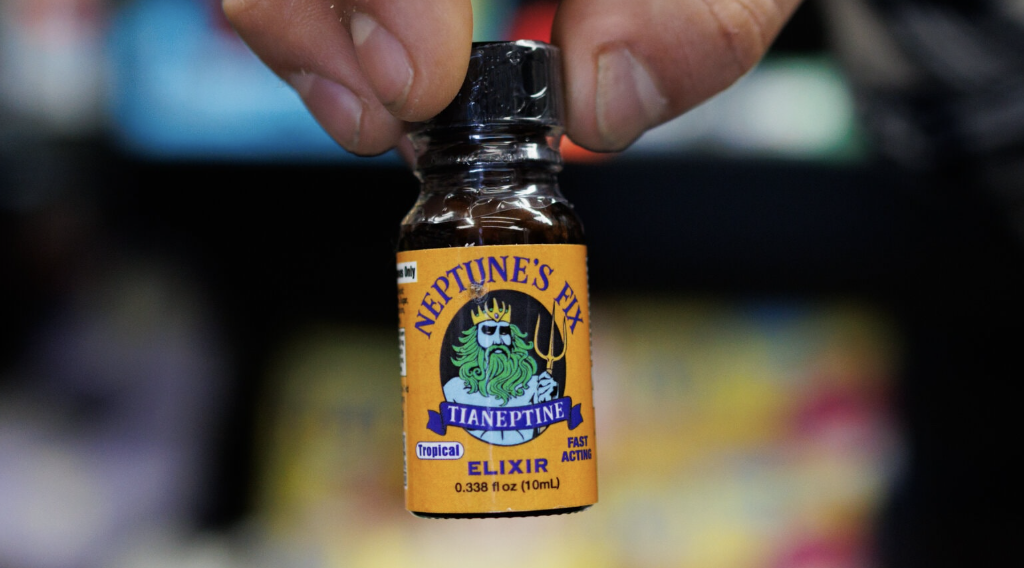Many are curious about how kratom affects mental health. Kratom can offer mood enhancement and anxiety relief at lower doses but may lead to mental health risks and dependency with long-term use. This article examines both sides of kratom’s impact on mental health, and readers looking for a foundational overview can also explore our quick & cohesive guide to kratom.
Key Takeaways
- Kratom’s dual effects can offer short-term mood enhancement but pose significant long-term mental health risks, including anxiety and psychosis.
- The FDA warns against kratom use due to its potential for dependency, lack of regulatory approval, and associated health risks, especially for individuals with pre-existing mental health disorders.
- Evidence-based alternatives such as SSRIs and behavioral therapies provide safer and more reliable options for managing mental health symptoms compared to kratom.
Does kratom help or harm mental health?
Kratom’s dual nature as both a potential remedy and a risk for mental health makes it a complex subject. While some users swear by its mood-enhancing and anxiety-relieving properties, others caution against its long-term risks and dependency issues.
Kratom’s effects vary significantly with dosage. Lower doses act as stimulants, while higher doses produce sedative outcomes. Examining both the short-term benefits and long-term risks of kratom for mental health offers a comprehensive understanding.

Potential short-term mental health benefits
Kratom’s stimulant effects at lower doses can provide immediate relief from anxiety or a mood boost. Users often feel more energetic and alert, attributing this to kratom’s effects and its psychoactive properties. Kratom mitragyna speciosa is often discussed in this context.
Higher doses of kratom can alleviate pain and induce calmness, making it popular for self-medicating withdrawal symptoms and other psychiatric disorders. However, these effects are short-lived and come with their own risks.
Long-term mental health risks and dependency
Though kratom may offer short-term relief, long-term use can result in significant mental health concerns. Chronic use is linked to increased anxiety, irritability, and even kratom-induced psychosis.
Dependency is a major risk, with withdrawal symptoms like anxiety and depression. The toxicological aspects of kratom use highlight the potential for drug abuse and the need for addiction treatment, making it a double-edged sword for mental health.
What the research says
Research into kratom’s effects on mental health is still in its early stages, but initial findings are concerning. A systematic review found that kratom use can exacerbate existing psychiatric disorders, worsening symptoms of mania and psychosis. The National Institute of Health and other credible sources emphasize the need for further research to fully understand kratom’s psychiatric effects.
The majority of case report involve male patients aged between 28 and 55, underscoring the need for more comprehensive studies.
Kratom vs. antidepressants and anxiety medications
Comparing kratom to FDA-approved mental health medications reveals stark contrasts. Kratom is often used as a recreational psychoactive drug, while traditional medications like SSRIs and benzodiazepines undergo rigorous testing for efficacy and safety.
This section delves into the differences in their mechanisms of action, efficacy, safety, and risk of misuse.

Mechanism of action comparison
Kratom’s active compounds, mitragynine and 7-hydroxymitragynine, interact with mu opioid receptors, similar to some antidepressants and antipsychotics. Unlike SSRIs, which primarily target serotonin reuptake, kratom influences a broader range of receptors, including dopamine and serotonin systems.
This multidimensional potential mechanism may offer mood regulation but also presents a higher risk of adverse psychiatric effects.
Efficacy and safety
Despite anecdotal reports of kratom’s benefits, it lacks FDA approval and comprehensive clinical trials. The FDA has issued warnings against kratom due to potential health risks, including liver damage and substance use disorder.
In contrast, FDA-approved medications like SSRIs undergo rigorous testing to ensure their safety and efficacy, making them a more reliable option for mental health treatment.
Risk of misuse and dependency
Kratom leaves carry a significant risk of misuse and dependency, partly due to their natural origins, which may falsely imply safety. Users often experience withdrawal symptoms similar to those of opioids, including severe emotional distress.
The variability in active ingredient concentrations in kratom products complicates dosage control and increases the potential for misuse.
Common mental health symptoms linked to kratom use
Kratom use has been linked to a range of mental health symptoms, from mood swings and paranoia to more severe issues like kratom-induced psychosis.
This section explores the common psychological effects experienced by kratom users.
Anxiety and panic attacks
Many kratom users report heightened anxiety and panic attacks, either as side effects or withdrawal symptoms. While some use kratom to alleviate anxiety, its stimulant properties can worsen anxiety levels, leading to panic attacks.
The paradox of kratom’s effects on anxiety highlights the complexities of its use for mental health.
Depression and emotional blunting
Kratom can lead to emotional blunting, reducing the ability to feel emotions or respond to emotional stimuli. Some users experience heightened feelings of sadness and lethargy over time, which can worsen depressive symptoms. Kratom’s influence on serotonin levels may contribute to emotional instability and mood swings.
Psychosis and hallucinations
Kratom has been associated with the onset of psychotic symptoms, including hallucinations and paranoia, particularly at higher dosages. Studies suggest that up to 4% of regular kratom users may experience psychotic symptoms.
These reports underscore the need for caution, especially among individuals with pre-existing psychiatric disorders.
How kratom withdrawal affects mental health
Withdrawal from kratom can have significant psychological effects, including increased anxiety and mood swings. Understanding the emotional symptoms of kratom withdrawal and comparing them to those of opioid withdrawal provides a clearer picture.

Emotional withdrawal symptoms
During kratom withdrawal, individuals may experience:
- Heightened irritability
- Feelings of sadness
- Emotional blunting
- Anxiety
Anxiety and irritability are common, with many users describing their experiences as emotionally distressing.
The severity of these symptoms often correlates with the dosage and duration of kratom use, especially when symptoms worse are present.
Severity and duration of mental health effects
The mental health effects of kratom withdrawal can vary in duration and intensity:
- Last from one to three days for most individuals
- May persist for weeks or even months for some
- Severity and duration are dose-dependent
- Higher doses lead to more prolonged and intense withdrawal symptoms
Factors such as individual metabolism and usage history also play a crucial role and can vary greatly.
Comparison to opioid withdrawal
Kratom withdrawal can mirror opioid withdrawal symptoms, including severe emotional distress, although it is generally less severe. Users report that while some symptoms overlap, the intensity of kratom withdrawal is typically milder and more manageable compared to opioids.
However, high doses of mitragynine, the active compound in kratom, can still lead to significant dependence.
Who is most at risk for mental health issues from kratom?
Certain populations are more vulnerable to the mental health risks associated with kratom use.
This section identifies high-risk groups and patterns of use that exacerbate these risks.
People with existing mental health disorders
Individuals with a history of serious mental health issues, such as bipolar disorder, may experience increased psychiatric symptoms when using kratom. Research indicates that kratom can worsen symptoms in individuals diagnosed with conditions like schizoaffective disorder.
The potential for acute psychiatric decompensation is a significant concern.
Teens and young adults
Kratom use among teenagers and young adults poses significant health risks, including addiction and mental health issues. The psychoactive properties of kratom can be particularly harmful to developing brains, leading to emotional dysregulation and long-term cognitive impairments, similar to patterns observed in marijuana addiction.
Peer pressure and the pursuit of perceived benefits can increase the risk of dependence among young users.
Poly-substance users
Individuals who use kratom alongside other substances face severe health risks, including potential liver damage and heightened chances of overdose, a pattern common in polysubstance abuse. Research indicates that many kratom users often combine it with other drugs, complicating the assessment of its safety and effects.
Polysubstance use involving kratom exposures and opioid use is associated with an increased likelihood of adverse outcomes.
Safer alternatives for managing mental health symptoms
For those seeking to manage mental health symptoms without the risks associated with kratom, safer and more effective alternatives to self medicate, including an opioid substitute, exist.
This section explores evidence-based medications, behavioral therapies, and herbal supplement natural supplements.
Evidence-based medications
Medications like SSRIs and SNRIs are commonly prescribed for depression and anxiety, showing efficacy in clinical trials and offering a safer alternative to kratom. Benzodiazepines may be used for short-term anxiety relief and pain relief, but come with a risk of dependency if used long-term.
Mood stabilizers such as lithium are essential for managing bipolar disorder and preventing mood swings. These medications are often combined with therapies like psychotherapy for optimal results.
Behavioral therapies
Cognitive Behavioral Therapy (CBT) is a widely used approach that helps individuals identify and change negative thought patterns and behaviors. Mindfulness meditation has been shown to reduce symptoms of anxiety and depression, providing a natural alternative for mental health management.
Other therapeutic methods like Dialectical Behavior Therapy (DBT) and physical therapy can also enhance emotional well-being.
Natural supplements with clinical support
Supplements and their associated benefits include:
- Omega-3 fatty acids: associated with improved mood and reduced symptoms of depression.
- Magnesium: known to alleviate anxiety and insomnia by regulating serotonin levels in the brain.
- Ashwagandha: an adaptogen that helps the body manage stress by lowering cortisol levels.
These natural alternatives offer a safer route for managing mental health symptoms compared to kratom.
Expert recommendations and legal status of kratom
Health authorities and regulatory bodies have taken a cautious stance on kratom due to its potential health risks and lack of comprehensive research.
This section summarizes their positions and the legal status of kratom in various regions.
FDA and DEA positions
The FDA has issued warnings against kratom, citing potential serious health risks including liver toxicity and substance use disorder. The Drug Enforcement Administration categorizes kratom as a controlled substance due to its safety issues and potential for misuse.
Regulatory scrutiny has increased due to the rise in reported adverse effects associated with the kratom report on kratom use.
What healthcare providers advise
Healthcare professionals generally recommend against the use of kratom due to insufficient research on its safety and potential for dependency. Providers warn that self-medicating with kratom can worsen existing mental health issues instead of alleviating them.
Evidence-based treatments are typically recommended over kratom for managing mental health symptoms.
Legal restrictions by state or country
The legality of kratom varies widely by state in the U.S., with some states imposing bans while others allow its sale. As of 2023, four U.S. states have passed the Kratom Consumer Protection Act to regulate and protect consumer access to kratom.
Kratom is illegal in several countries, including Australia, Denmark, and Malaysia, while its legal status can vary significantly within the European Union.
Bottom Line: Should kratom be used for mental health?
While kratom may offer short-term relief for some mental health concerns, its long-term risks and potential for dependency cannot be ignored. The lack of comprehensive research and regulatory approval makes kratom a risky choice for managing mental health issues. Safer, evidence-based alternatives are available and should be considered first.
Ultimately, the decision to use kratom while taking kratom should be made with caution and under the guidance of a healthcare professional.
FAQs about kratom and mental health
Can kratom help with anxiety?
Kratom may provide temporary relief from anxiety for some users, but there is no clinical evidence to support its efficacy. Caution is advised due to the risk of dependency and heightened anxiety during withdrawal.
Is kratom safe for depression?
Kratom is not a safe treatment for depression, as it may worsen symptoms and poses risks of addiction and other harmful effects, according to FDA warnings. Thus, it is advisable to seek more established treatments for depression.
Does kratom cause psychosis?
Kratom has been associated with symptoms of psychosis, such as hallucinations and delusions, particularly with heavy or prolonged use. This risk is especially pronounced in individuals with pre-existing psychiatric conditions.
How long do the mental effects of kratom last?
The mental effects of kratom generally last a few hours, but can vary depending on dosage and individual health. Higher doses may result in prolonged effects due to increased metabolic demands.
What are safer alternatives to kratom for managing mental health symptoms?
Safer alternatives to kratom for managing mental health symptoms are FDA-approved medications like SSRIs, behavioral therapies like cognitive-behavioral therapy (CBT), and natural supplements such as omega-3 fatty acids and magnesium, which have demonstrated clinical efficacy.
















